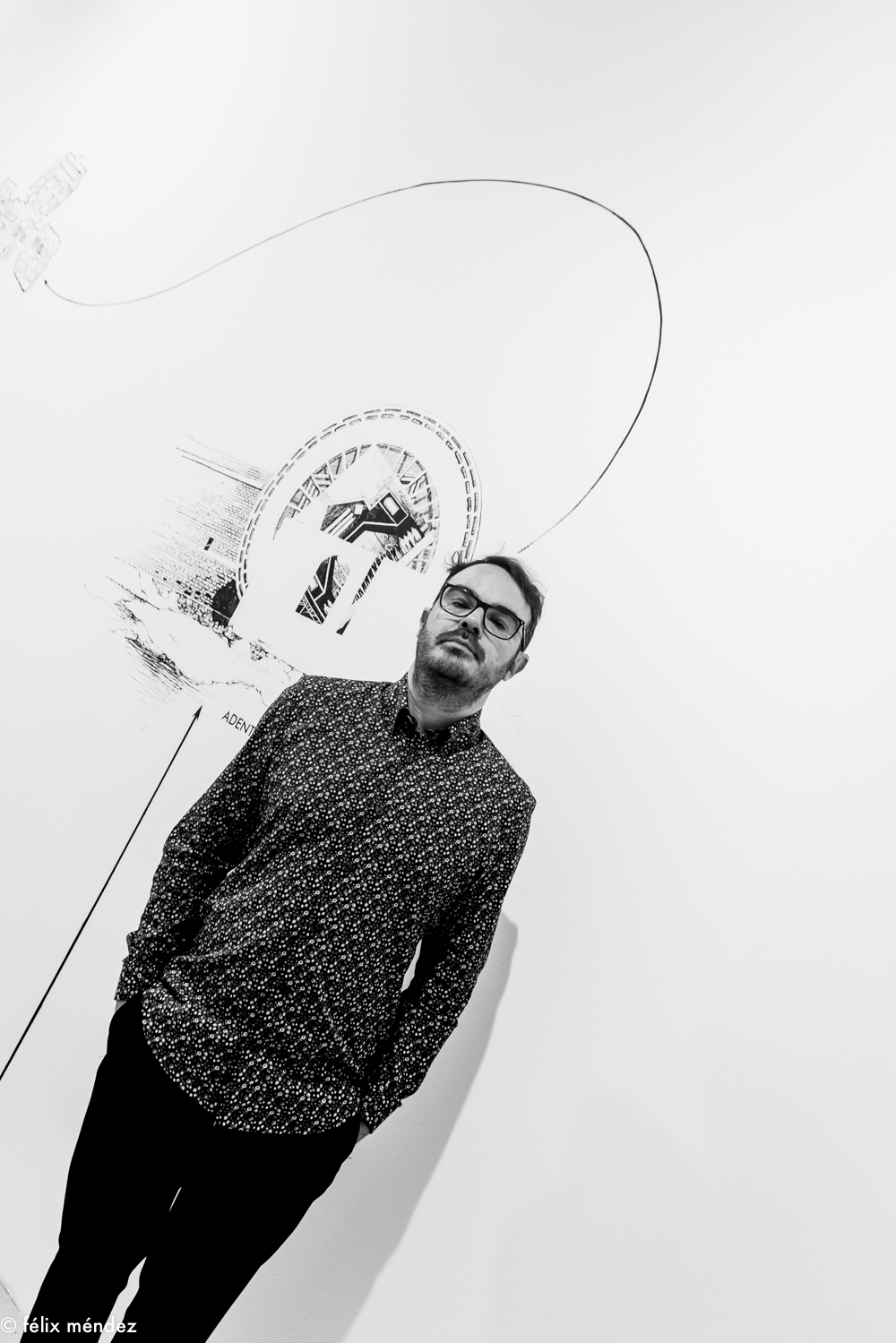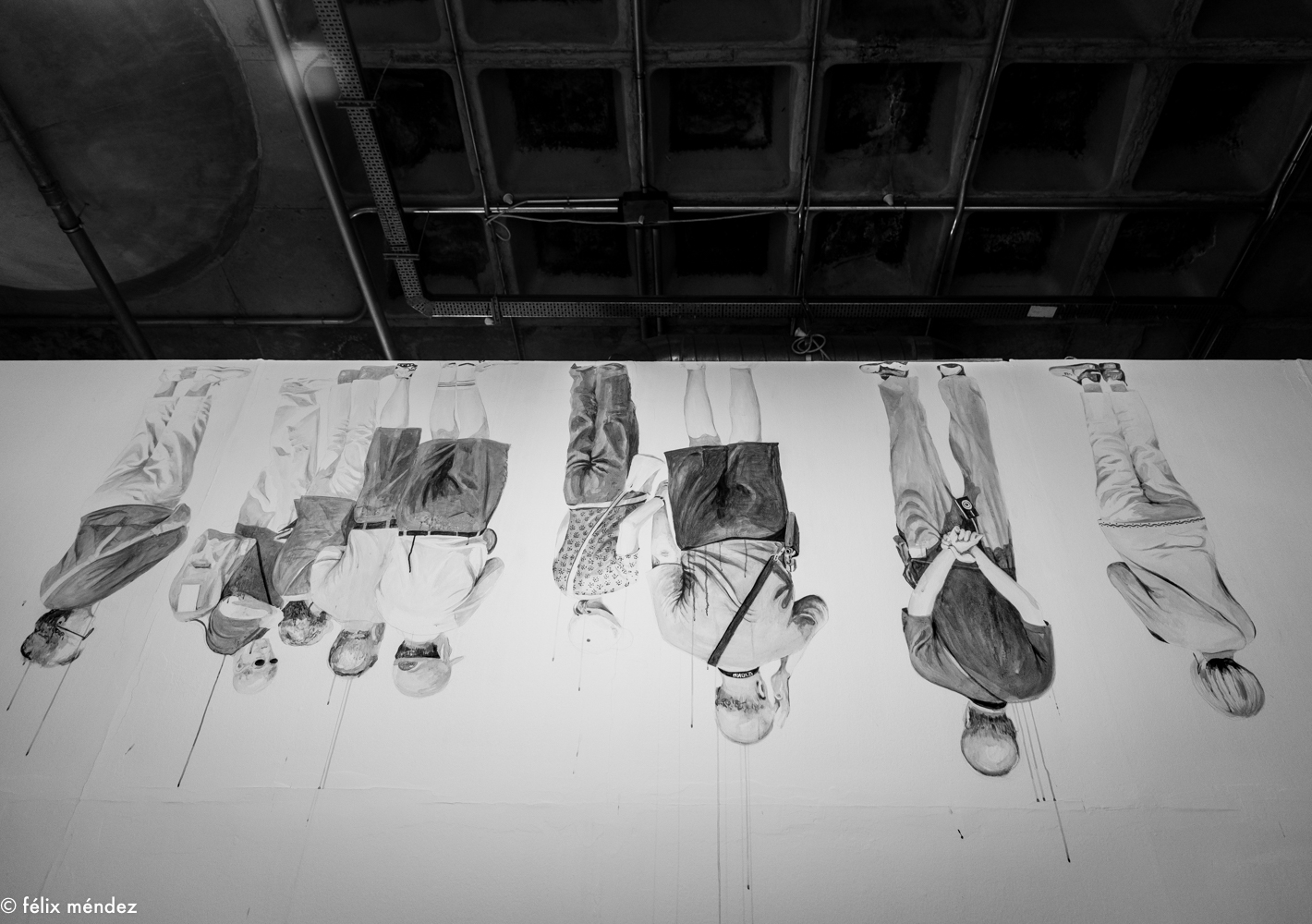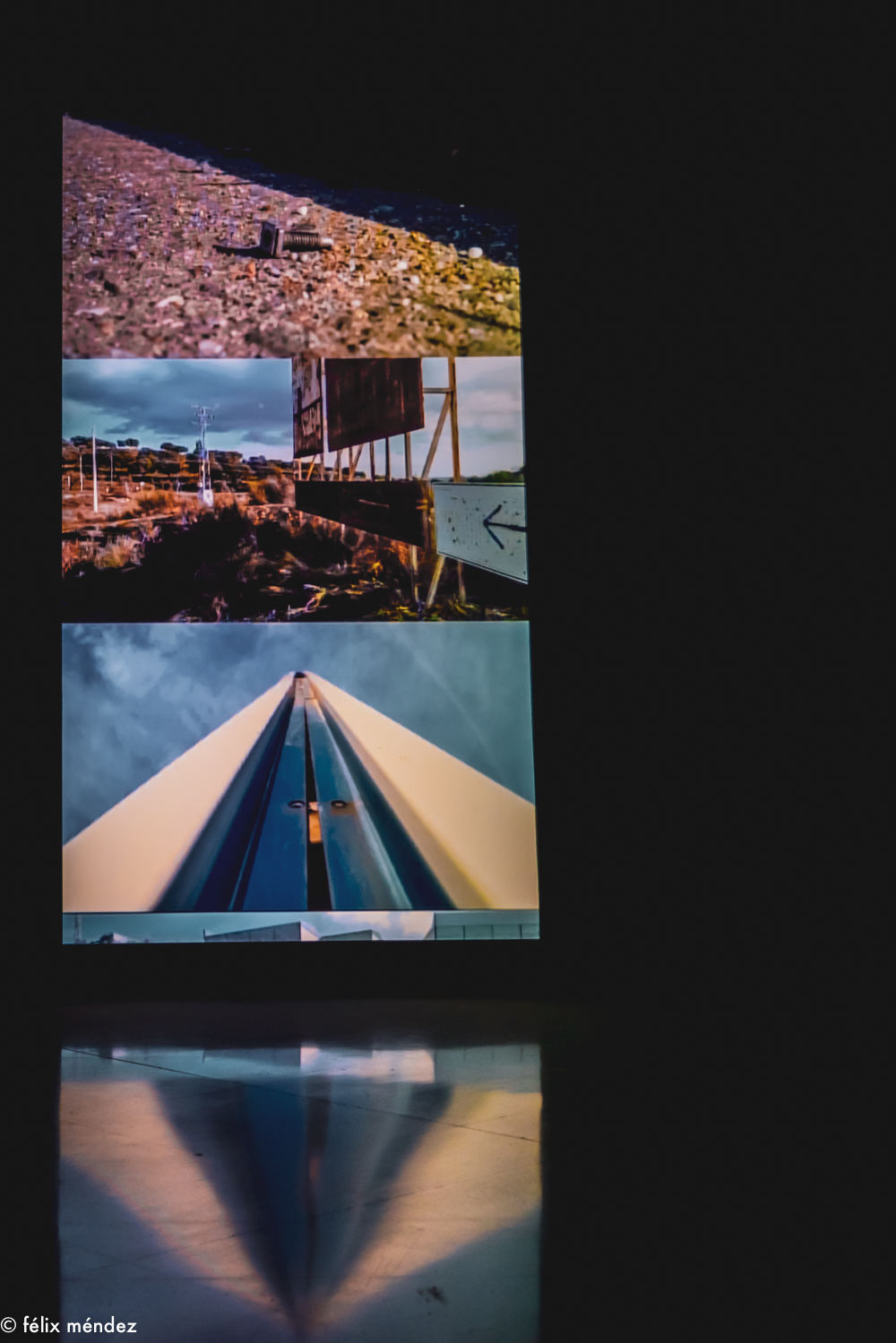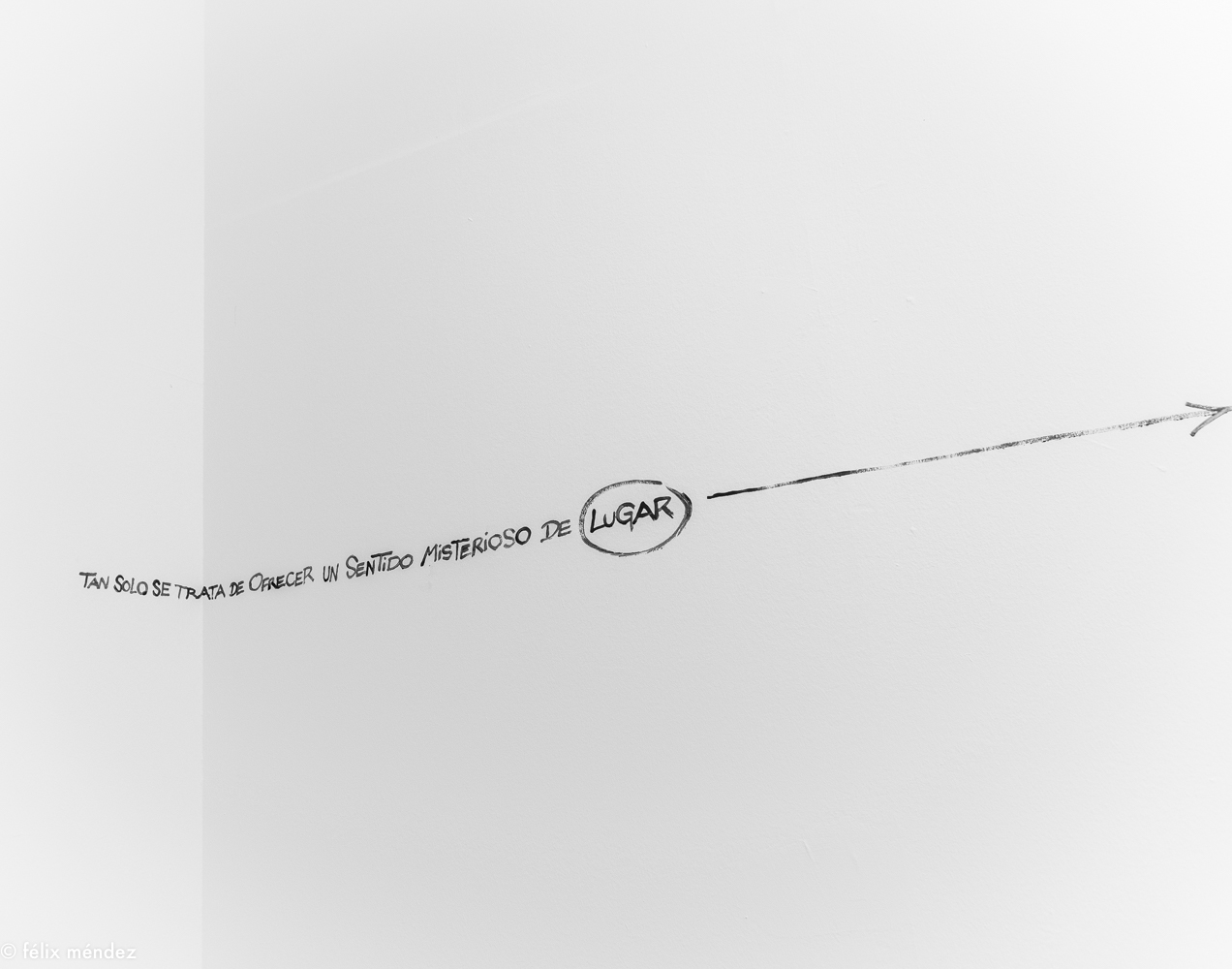Estremadura it has territory, vast and formidable. This corner of the world is endowed with unique, personal, intimate, collaborative, border, border, and reversible guides. In this land, the velcro of its localities adapt to the skin of the territory, a skin that changes and can acquire an infinity of genuine landmarks. This guide is endemic, exportable and although it sounds tiresome, it is reversible. In that map, in that fragile guide, we are all, there are all, and the artist Daniel Munoz has edited his imaginary atlas in a work inside and outside a museum, the MEIAC. Art for everyone and everywhere.
One of the artist’s functions is to smell, chase, study, sniff the works, find the clues that project his art, Muñoz does it, remembers it and shows it to us in this kind of work-game-guide. The Extremaduran artist paints, sews, cuts with the radial and looks out over an ancient stone to mark some coordinates. The rest is better to be found out by the public, the tourist, the countryman, who has seen his landscape slightly modified, three actions and a single and lacerating project. It may be reversible. Or not.

Third and last intervention of the Guide for a reversible territory?
In September everything started with a mural on the outside of the MEIAC museum, an intervention that is a map that gives geographical coordinates to arrive at five interventions that I made in five abandoned tourist signs in Extremadura, that would be the second part, and the Exposure works a bit as a device for interpreting everything that has happened in the other two previous phases. The exhibition is almost informative in nature, like an interpretation center. It has the form and contents of that visit, of guiding the public to enter personal territory. There are three works that are the only three works that are framed, they are three drawings, which function as three conclusions of the whole project. The works have been acquired by the museum and have that archival character.

What does this exhibition tell us, what does it tell us?
With the works of the facilities, of the tourist signs in very different enclaves from each other, I wanted to somehow emphasize that they are in public space, that it rains, that they can fall, that they can be torn off, anything can happen. That is what the exhibition talks about, about the entire process of gestation of the entire project but with additions such as failure, problems or all the things that happen there “outside” the museum.
Are artistic spaces being questioned then?
Another great idea of the project is exactly that: questioning the spaces of art from a museum. In other words, if a museum does not articulate that way of interpreting that there are elements outside its enclosures, we should ask ourselves, What are the spaces for art? What are the artistic objects? Is the final work more important than the process? In short, there are several lines that question these things in the project.

And are these issues well understood, does the public know those spaces?
I think they work well in the beginning, I have encrypted them too much but I also like that it is a bit the public that raised these doubts. This exhibition starts with a word, “sniff”, a verb that not only the artist must use continuously, but also the viewer must investigate and question art. Art is not jack, horse and king. There must always be a struggle to know what is happening, like any other act of communication.
… Guide for a reversible territory… Does it encompass the entire project, or are we talking about this phase in the MEIAC?
All phases is the title of the entire work. It is a guide, closely related to tourism, ironically I wanted to show that a space can be modified, a guide that I have modified and that the viewer can logically modify with his gaze.

That is what the exhibition talks about, about the whole process of gestation of the entire project but with additions such as failure, problems or all the things that happen there “outside” the museum
How much time have you spent developing this third and final phase of the Guide to a reversible territory?
Approximately ten days of field work, that is to say, a previous sketch of months has been prepared to reach this result. More or less like the second phase, with the murals on the exteriors of the MEIAC museum. Inside the museum, everything has been different, having a three-dimensional space, until I have reached the specific place I have not closed everything, I have had the opportunity to improvise a lot during the execution of it.
What does it mean for an artist to have a whole museum of contemporary art like the MEIAC in Badajoz to work on site with your work?
For me it is fundamental. From that first idea that was proposed, the mural in the museum gardens to connect the exterior of the building, not only to the city, but also to the rest of Extremadura, using a series of symbols that can be exported to any territory in the world. 80% of my work is done in public spaces and for me it is scrupulously necessary to go out there to do things, to develop art. And having that duality inside and outside the museum, connecting that idea, has been a very interesting job.

What are the spaces for art? What are the artistic objects? Is the final work more important than the process?
Art in times of pandemic… How have you been able to develop your work?
I have been lucky enough to work with other projects as well, but with this one since the very beginning of the pandemic, around February 2020, and the truth is that the entire museum team continued with the continuity of the project and that is greatly appreciated. To some extent, this pandemic has been a good thing for me, although it sounds bad to say so, since these stops have generated a reinterpretation of everything, a kind of necessary recycling. Circumstances are very difficult for the culture sector, and although the visual arts have been precarious for many years, this stage represents a total break for many artists.

Willy Lopez | Photography. Felix mendez
– .


